With the continuous heating up of the urban apartment and small-sized residential market, the decoration of small bathrooms is gradually becoming a hot topic in the home decoration industry. Achieving a balance between aesthetics, storage, and functionality in a limited space has become a common concern for designers, building materials suppliers, and consumers. Among numerous bathroom products, the 36 inch bathroom vanity is rapidly gaining popularity and becoming one of the mainstream choices for "small bathroom decoration" in the market. However, although this "dessert size" has many advantages, it also has certain limitations, which have sparked widespread discussion in the industry.
Market Background: The "Space Game" of Small Bathhouses
According to a survey jointly released by the National Association of Realtors (NAR) and several home retailers, approximately 48% of newly built and renovated homes are expected to have a bathroom area of less than 50 square feet in 2023-2024. In such a limited space, the choice of bathroom cabinet not only affects storage and circulation, but also directly affects the overall resale value of the house.
The 36-inch bathroom cabinet has been listed as a best-selling specification by many brands due to its advantages of being more comfortable than the 30-inch and not reaching a large volume. Sales data from retail channels such as Wayfair, Home Depot, and Lowe's also indicate that 36-inch models hold an absolute dominant position in single-pot specifications.
Advantage interpretation: 36 inch "just right"
1. The golden ratio of space utilization
In mainstream small bathrooms, a width of 36 inches is just enough to ensure comfort for single use, and the countertop can accommodate toiletries without compressing the aisle to the edge of danger. Designers often refer to it as'small but efficient'.
2. Upgrade storage capacity
Compared to 24 or 30 inches, 36 inches typically come with double drawers or a combination of drawers and cabinet doors. Consumer feedback shows that this capacity is sufficient to store skincare products, hair dryers, and some inventory for a week, reducing clutter on countertops and enhancing the "hotel style" cleanliness.
3. Product selection and cost advantages
In the retail market, the 36-inch size range is the most fully supplied. Whether it's mid-range MDF cabinets or high-end solid wood cabinets, consumers can find suitable products at different price points, and after-sales and accessory replacement are also more guaranteed. This makes it a 'safe choice' for developers and second-hand housing renovation projects.
4. Integration with the second-hand market
Real estate agents note that upgrading the bathroom is a crucial aspect of increasing a house's value, and a 36-inch bathroom is widely accepted by buyers, which can provide better bargaining advantages when reselling.
Disadvantage analysis: Not a universal solution
1. The feeling of oppression in tiny spaces
In some small apartments in high-density cities such as New York and San Francisco, the narrowest bathroom passage is less than 31.5inch. Placing a 36-inch cabinet at this time can easily lead to problems such as door leaf and drawer collision, and insufficient toilet side distance.
2. Limitations of use in multi-population households
36 inches is essentially still a single seat. During peak hours in the morning and evening, family members need to take turns using it, making it impossible to achieve "double synchronization". For families with children or dual-income employees, a 48-inch twin basin may be more practical.
3. High complexity of installation details
Most old house renovations in the market need to address the issue of unreasonable pipeline locations. Although the 36-inch cabinet provides more storage space, it also requires more precise drainage displacement, socket layout, and lighting design, which increases construction complexity and cost.
4. The dilemma of choosing a countertop and basin shape
If a basin is used on stage, it may cause splashing water; The under-table basin requires higher strength and anti-seepage treatment for the tabletop. Consumers often need to strike a balance between design aesthetics and ease of maintenance.
Materials and Consumption Trends
In the market, the mainstream material distribution for 36 inch bathroom cabinets is as follows:
MDF/particleboard: Affordable price, surface painted or covered, but moisture-resistant treatment should be taken into account.
Multi-layer board/solid wood: more durable, positioned in the mid to high-end market, with environmental certification becoming a purchasing bonus.
Tabletop: Quartz stone and artificial stone integrated basins are the most common, and high-end materials such as burnt stone are gradually entering households.
In consumer trends, environmental protection and intelligence have become the focus of attention. Some manufacturers have launched a 36-inch set with a USB interface, a wireless charging board, and an LED smart mirror, which is favored by young home buyers.
Expert opinions
Designer's voice: "36 inches is the golden size for a small bathroom, but only if space allows. If the channel is less than 30 inches, consider reducing it. ”Los Angeles interior designer Jane Porter
Retailer analysis: "From a supply chain perspective, the 36-inch product line is the most stable in terms of shipment, meeting public demand, and having sufficient profit margins. ”Home Depot North American Product Manager
Consumer experience: "Previously, when using 24 inches, the countertop was often filled with bottles and cans. After switching to 36 36-inch, it feels much neater, but I still hope to use it together sooner or later. ”Chicago homeowner Mike R
Industry impact and future prospects
As the demand for small-sized units continues to grow, 36-inch bathroom cabinets will remain a "must-have product" in the bathroom market in the coming years. But its limitations also mean opportunities for market segmentation:
Tiny unit size: Develop ultra-thin wall-mounted models that are 30 inches or even 18-24 inches.
Improved customer: launches 42-48 inch dual basin upgrade plan.
Differentiation route: Intelligence, environmental certification, and high-value design will become the key to competition.
The industry generally believes that 36 inch will continue to maintain its "sales responsibility", but the true brand competitiveness will be reflected in how to provide scenario-based product solutions for different groups of people.

Conclusion
In the wave of "small and refined" bathroom renovations, the 36-inch bathroom vanity is undoubtedly a star product in the market. Its advantages lie in balance, universality, and high market acceptance; however, there are still significant shortcomings in extreme spaces and multi-person usage scenarios. For consumers, when making a purchase, they need to consider space conditions, family structure, and future resale value comprehensively; For manufacturers, how to launch more differentiated and functionally extended products based on this will determine their long-term position in the fiercely competitive bathroom market.

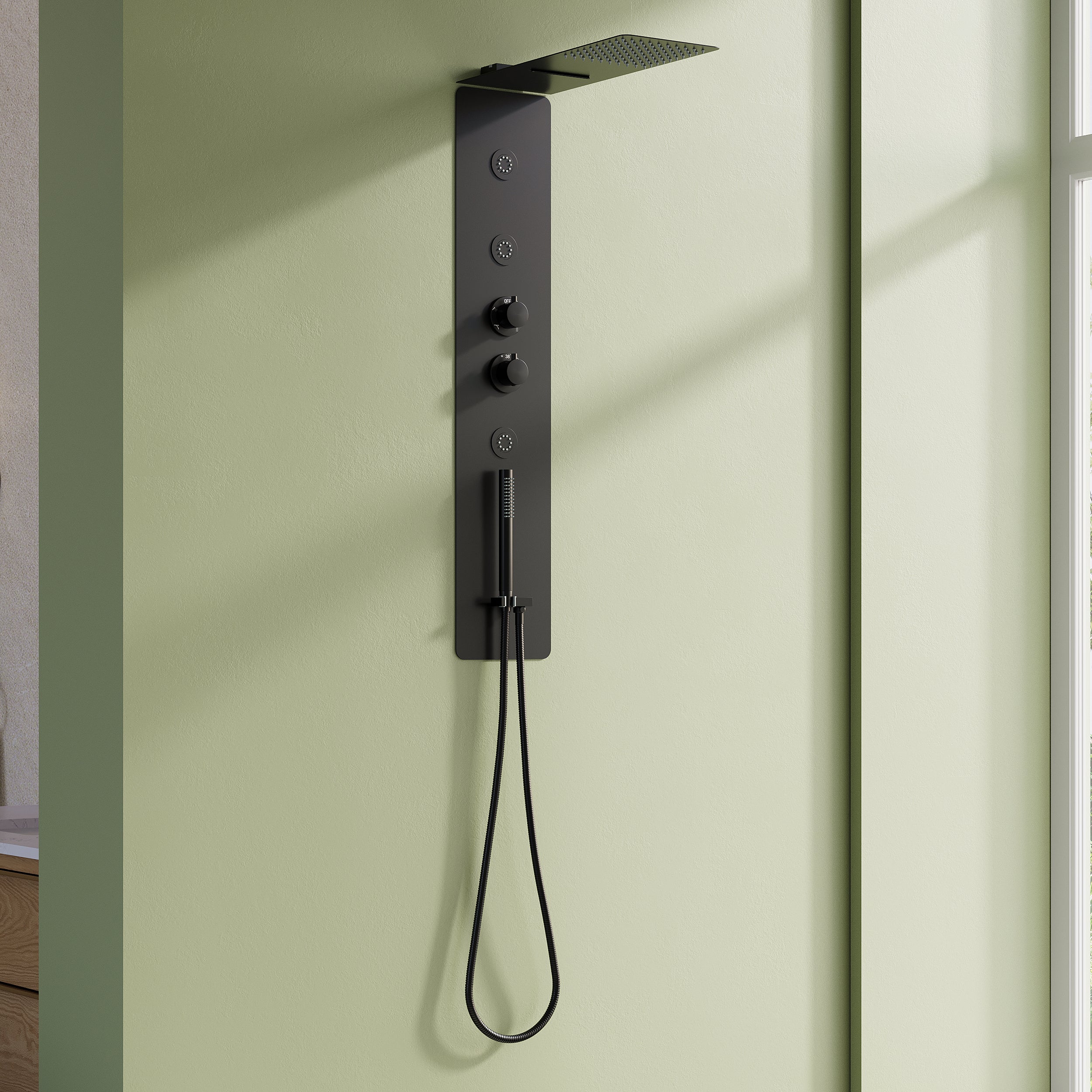






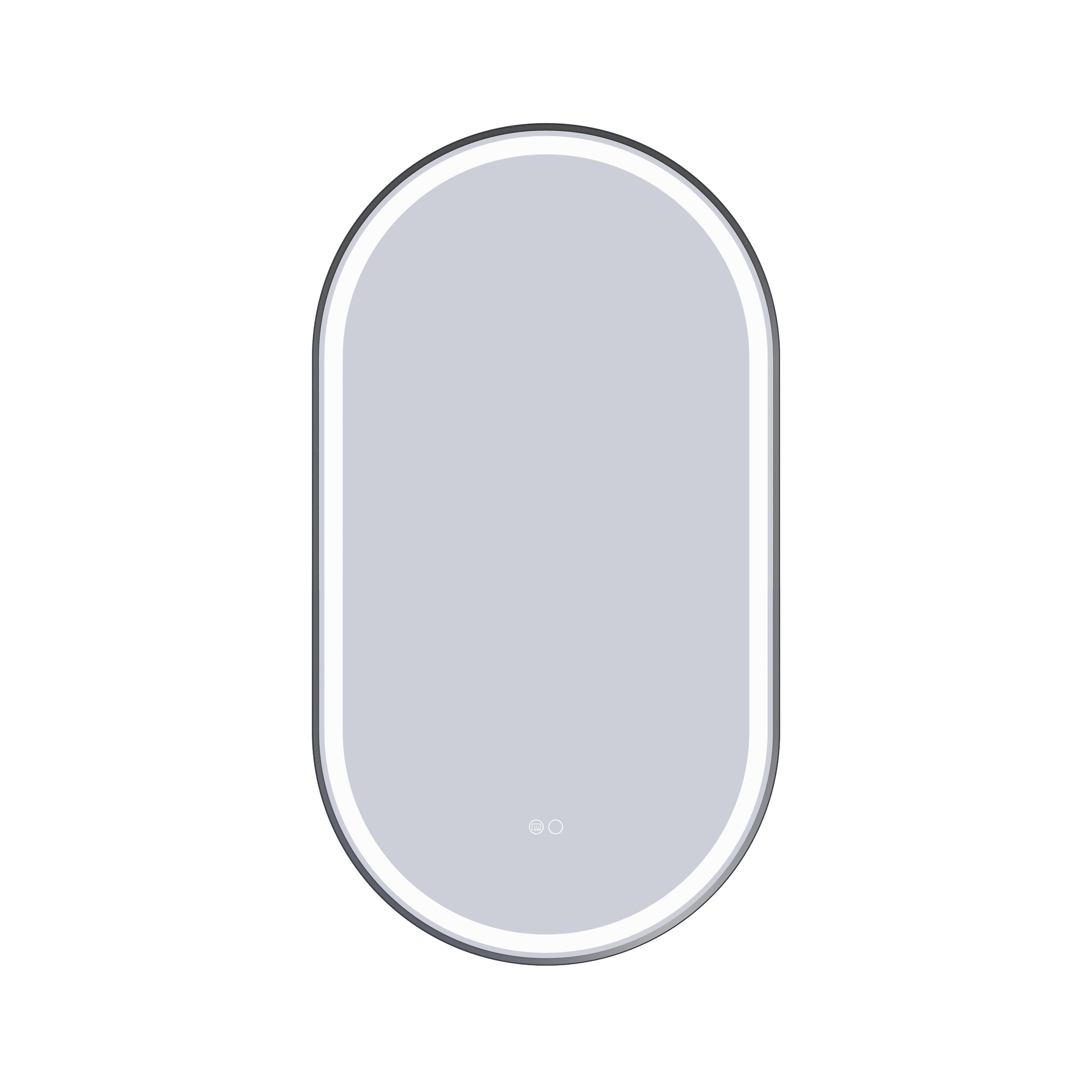

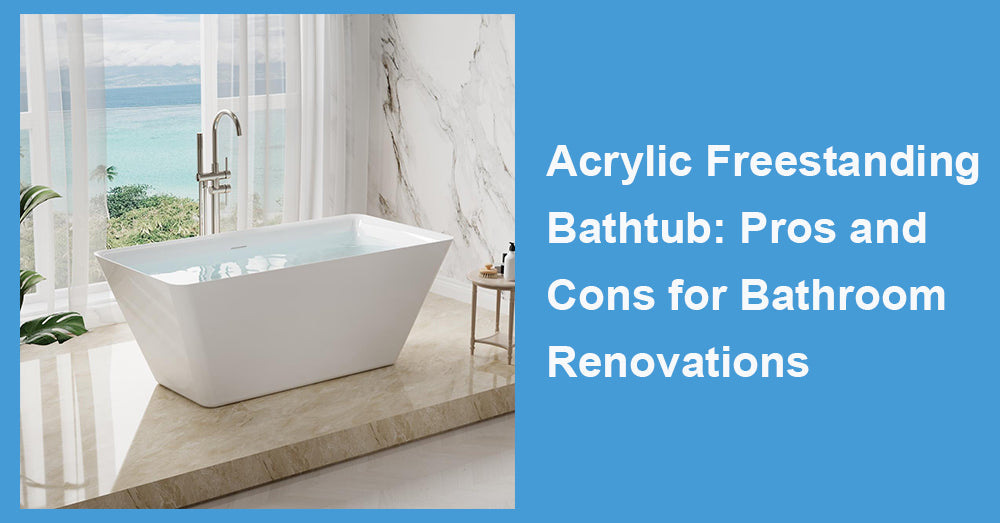
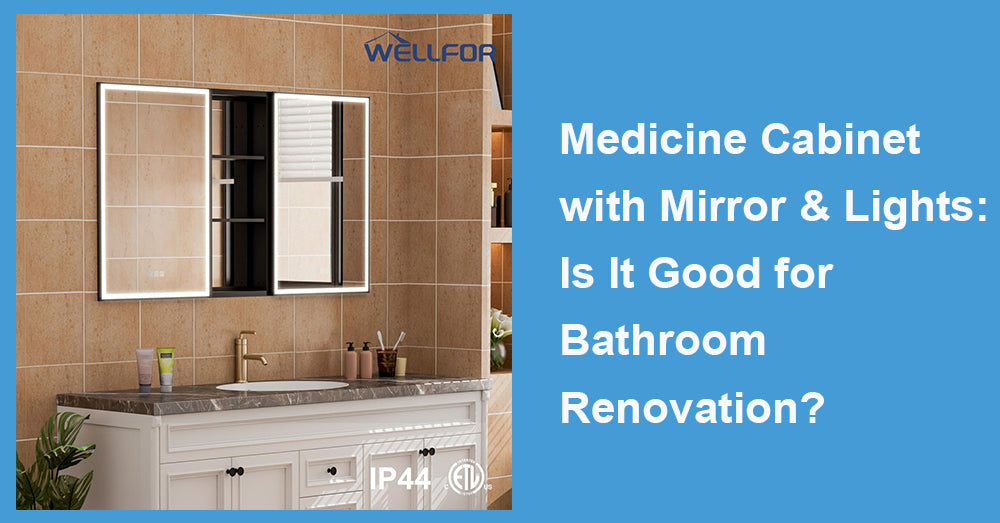
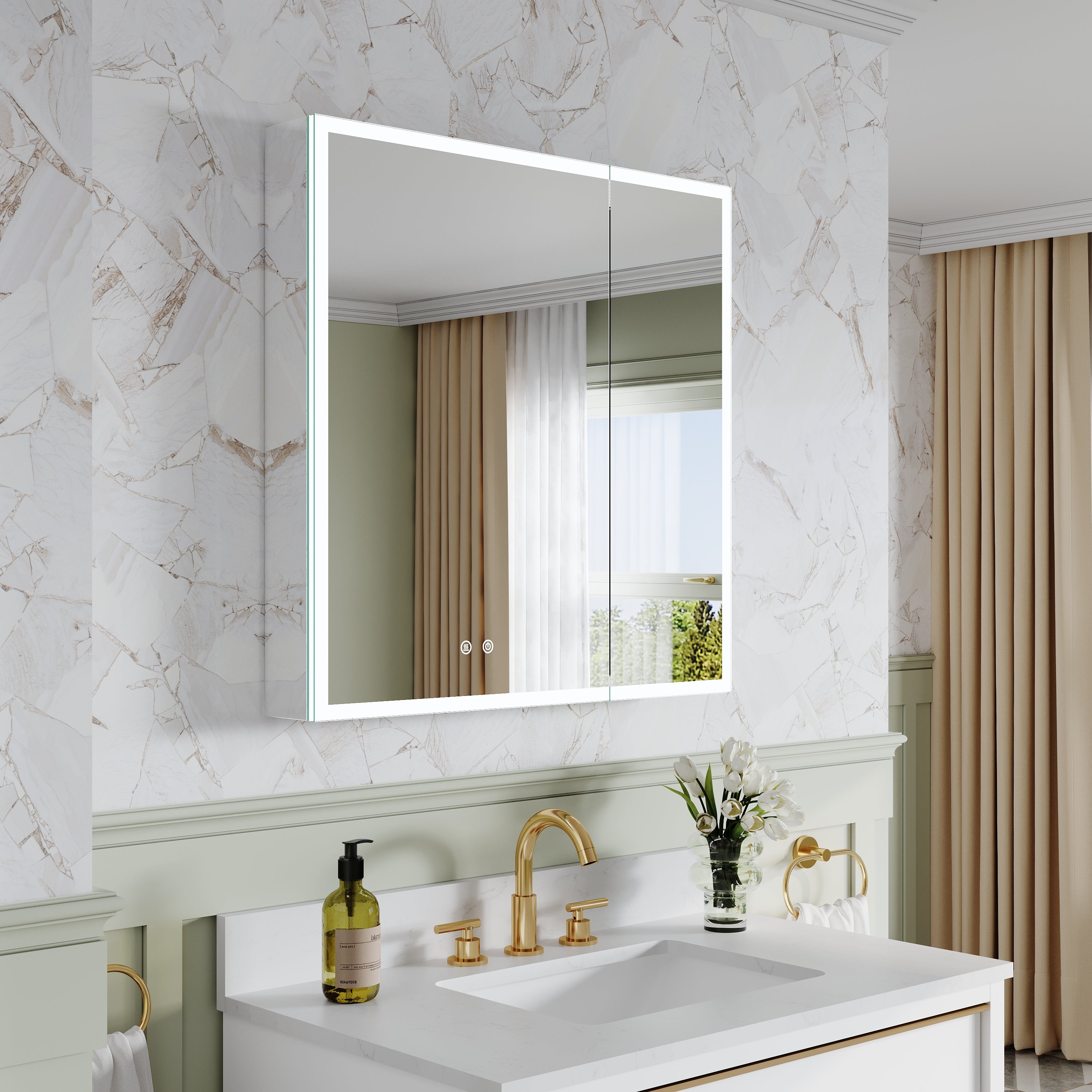
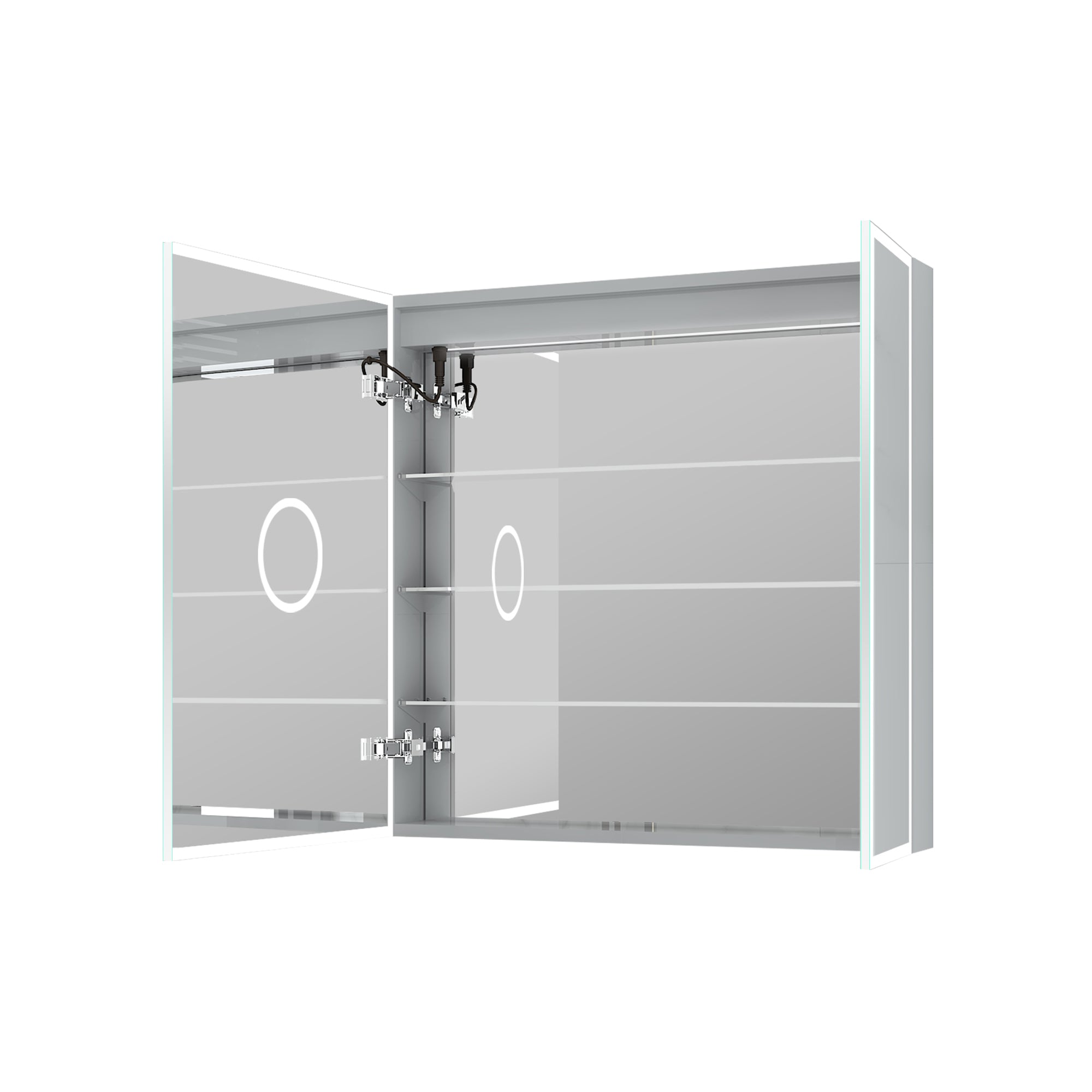
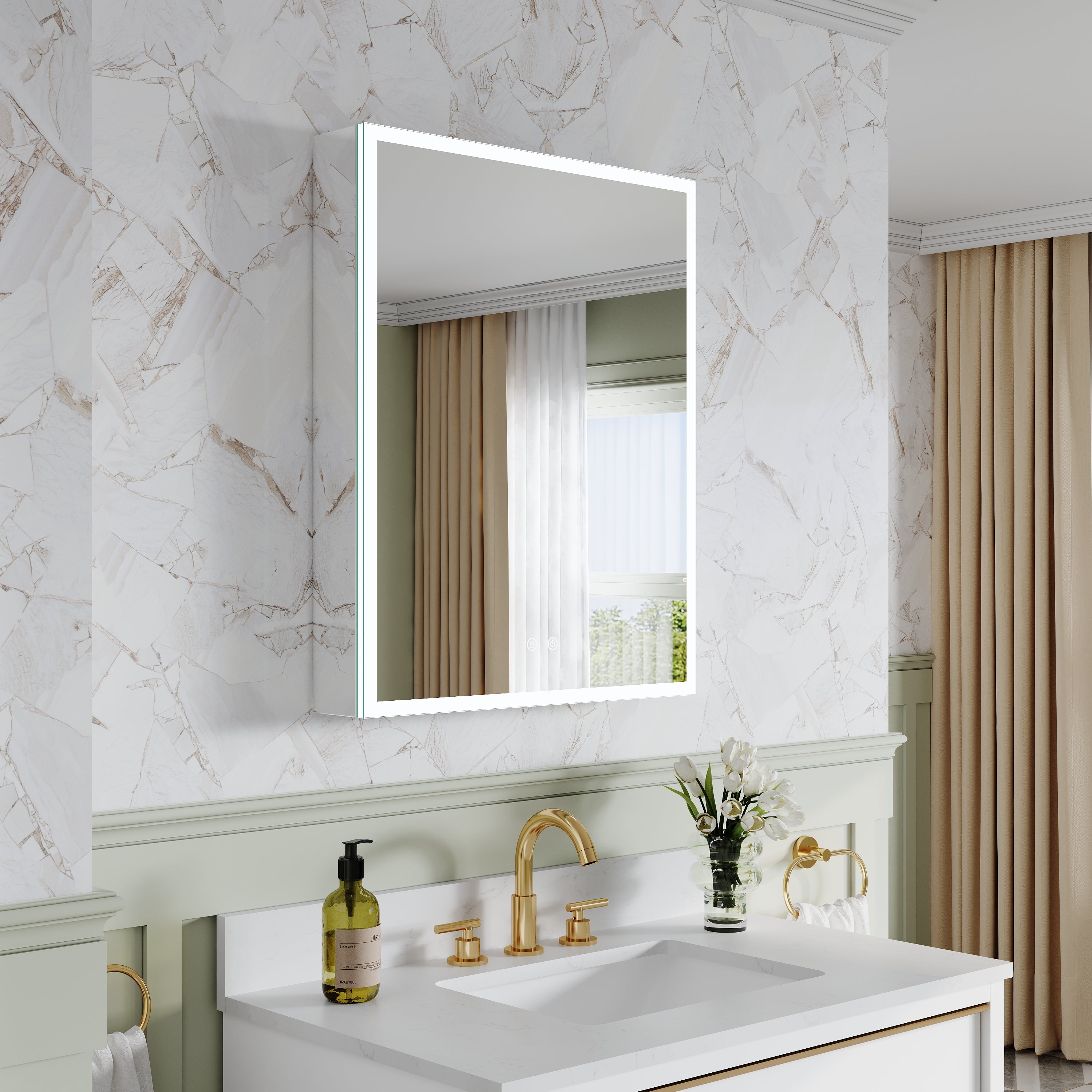
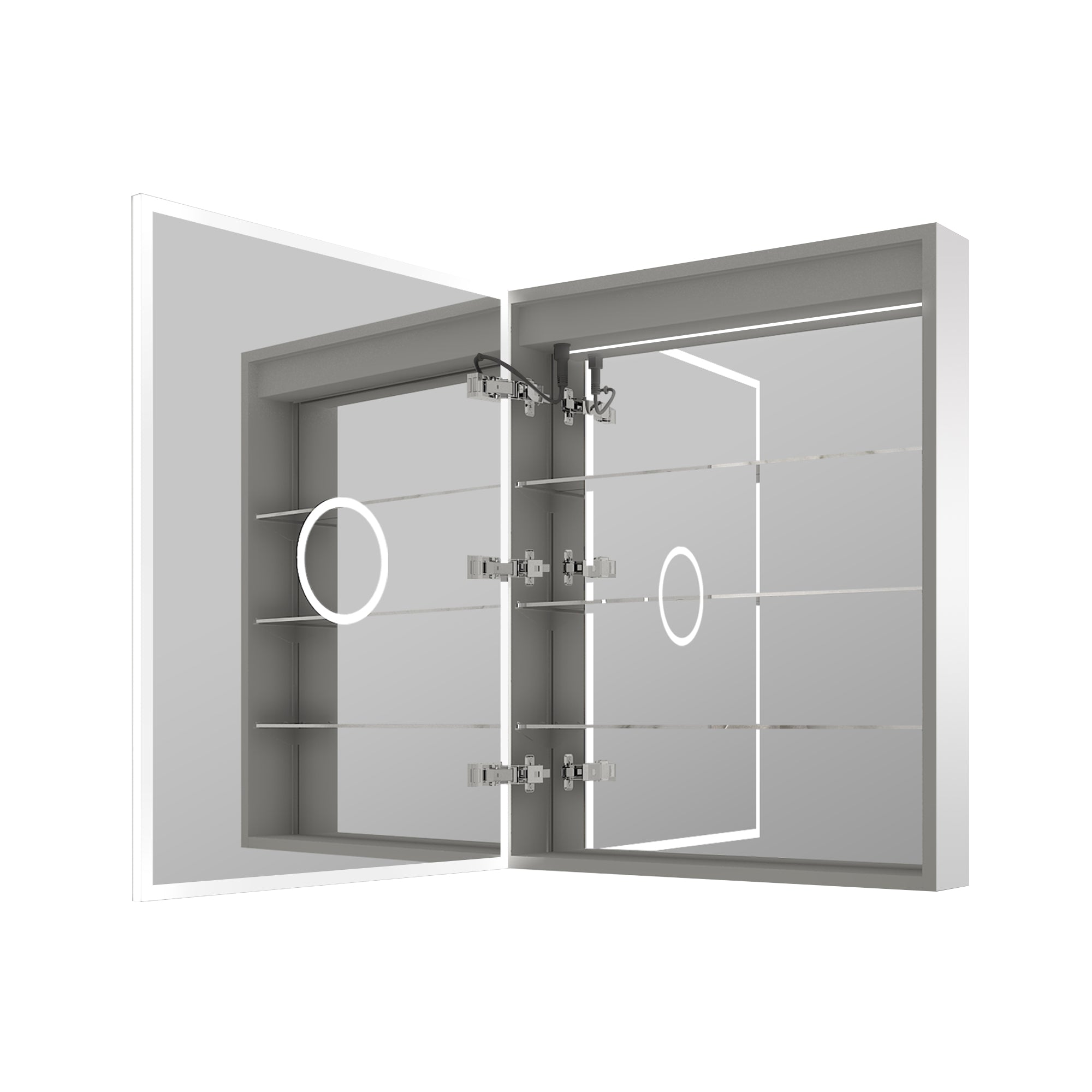
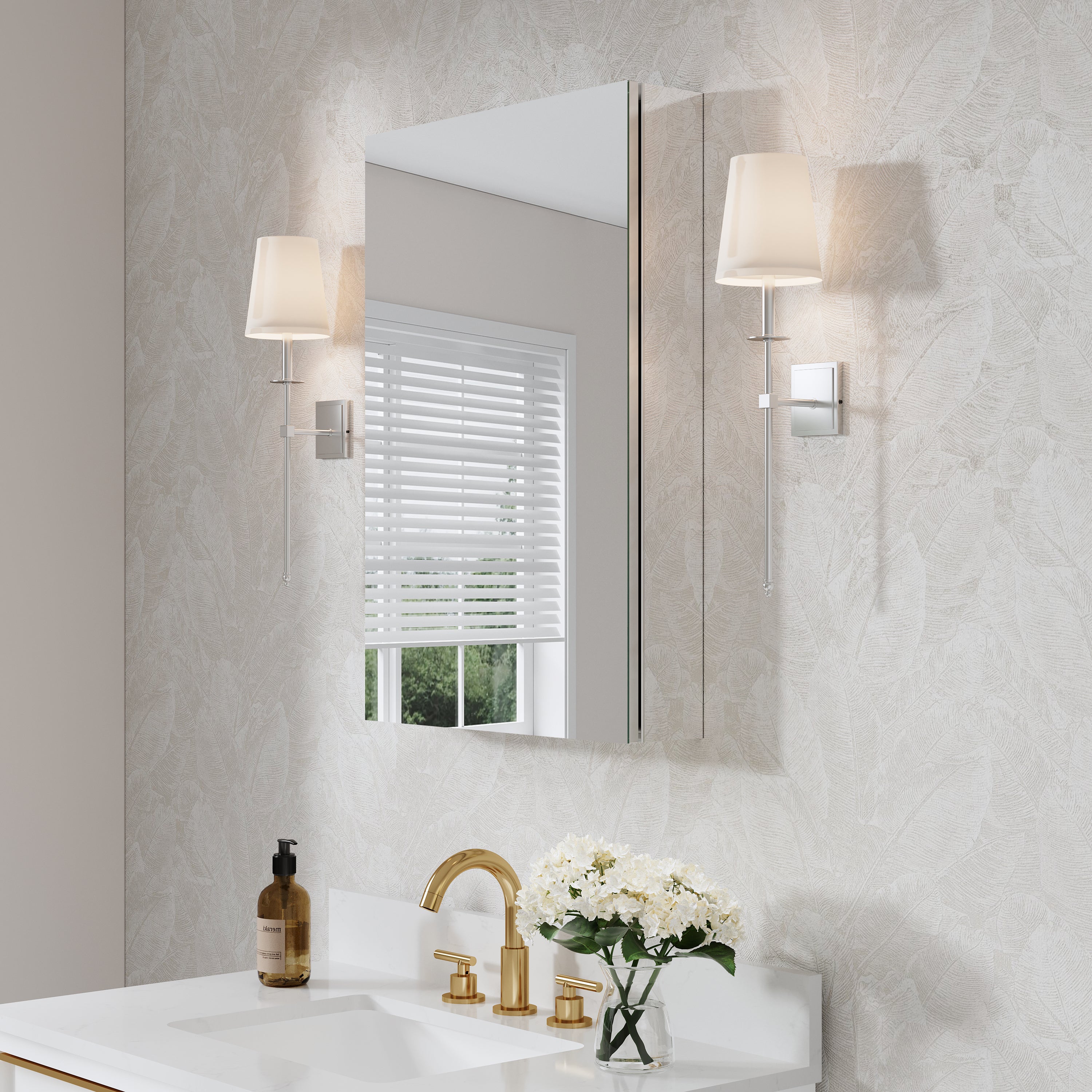
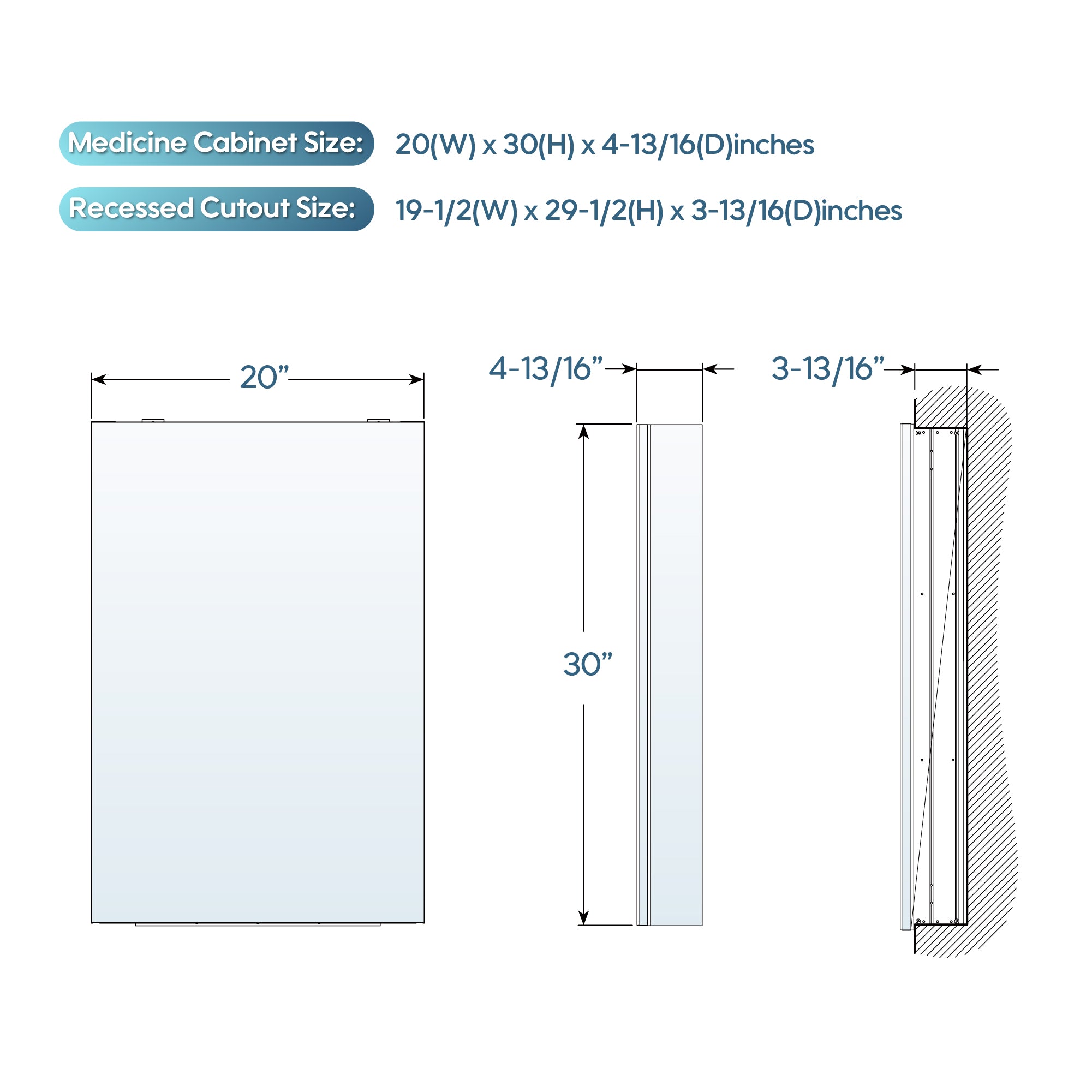
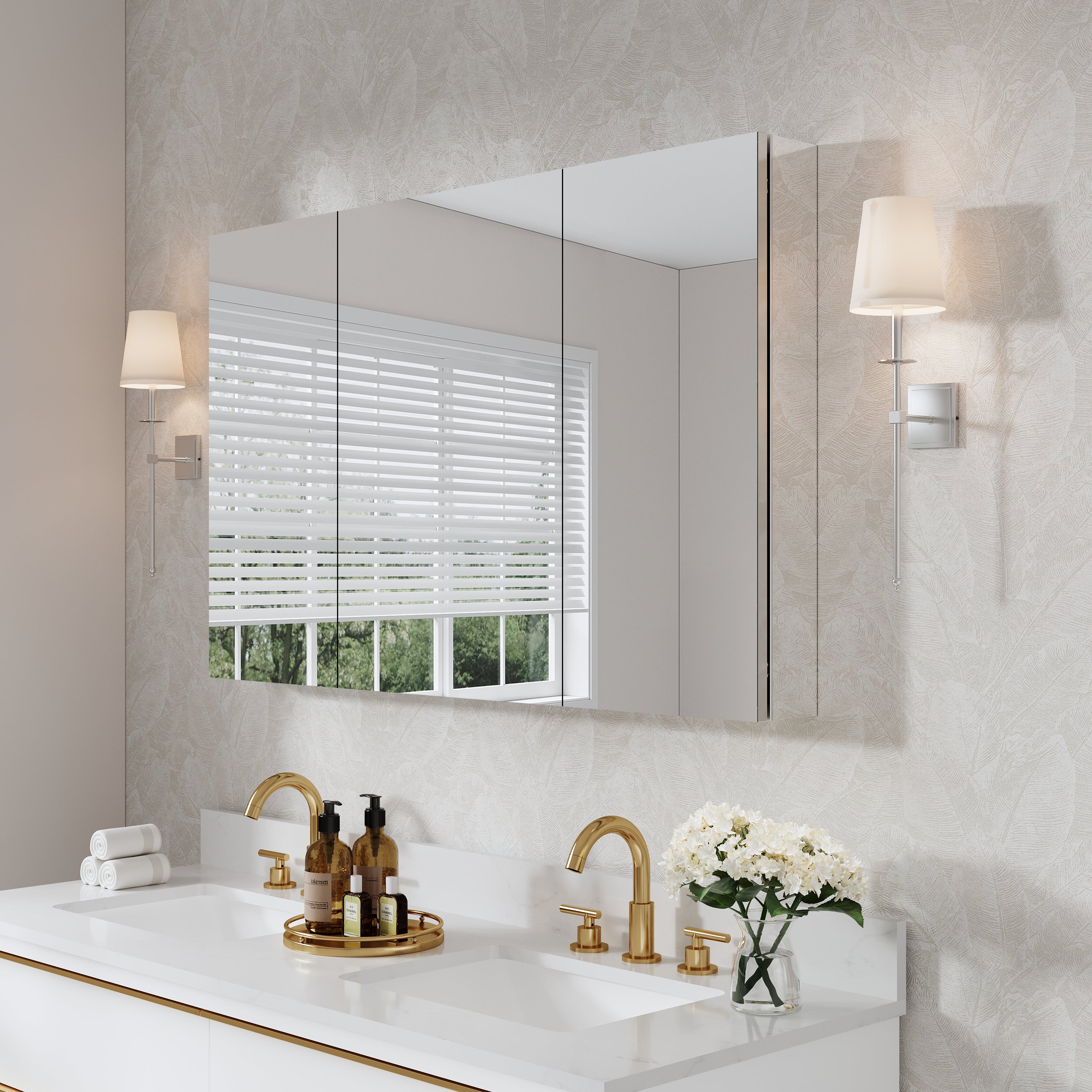
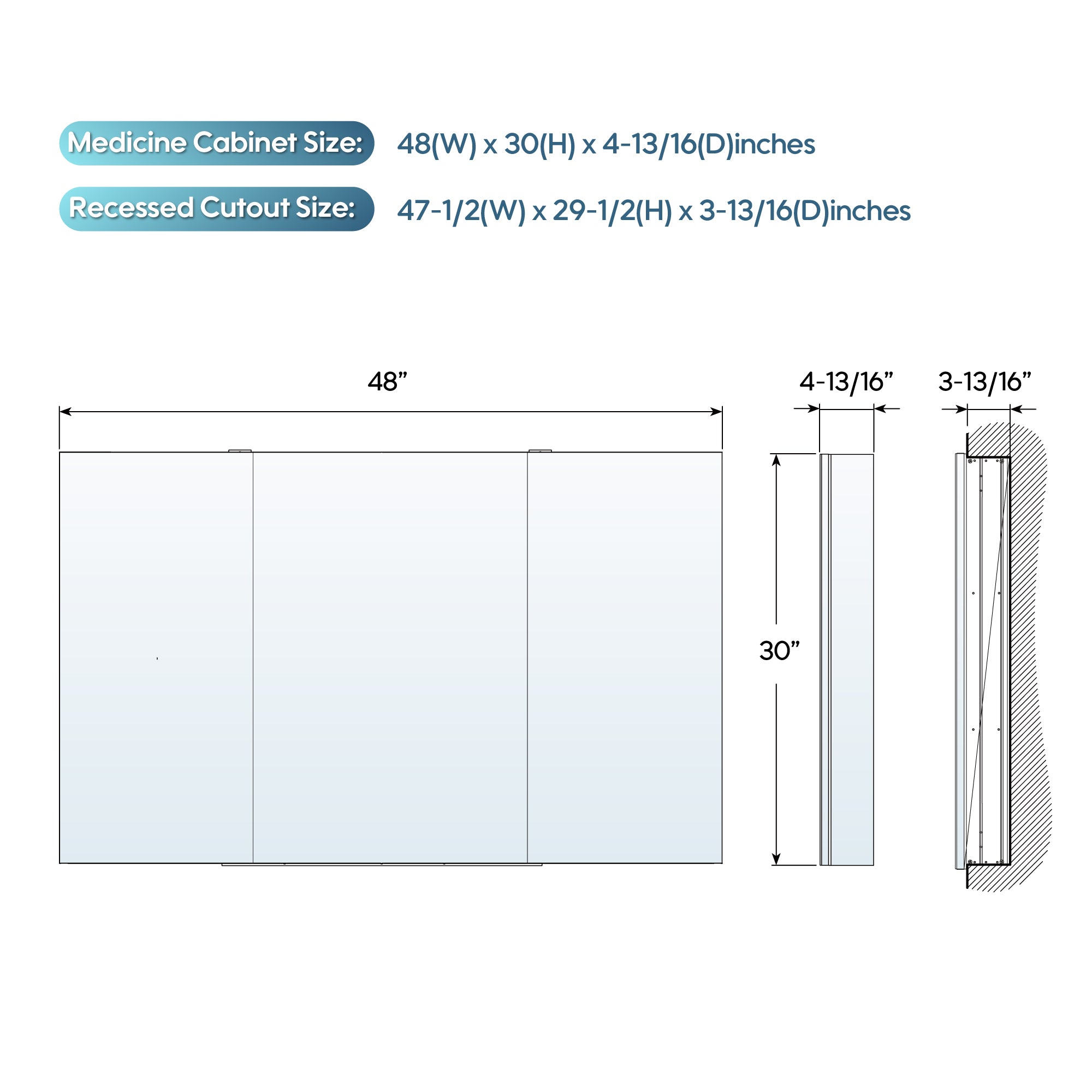
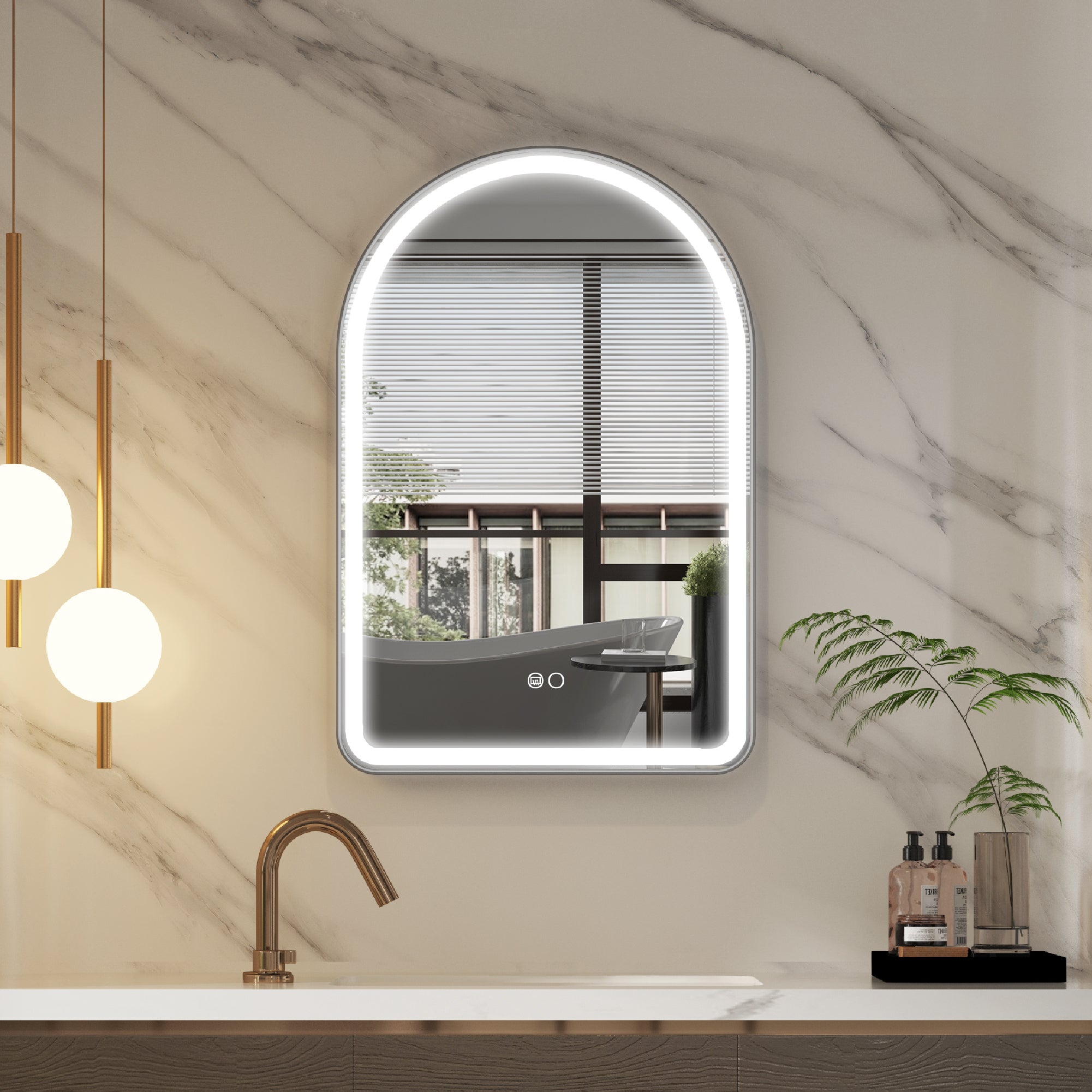
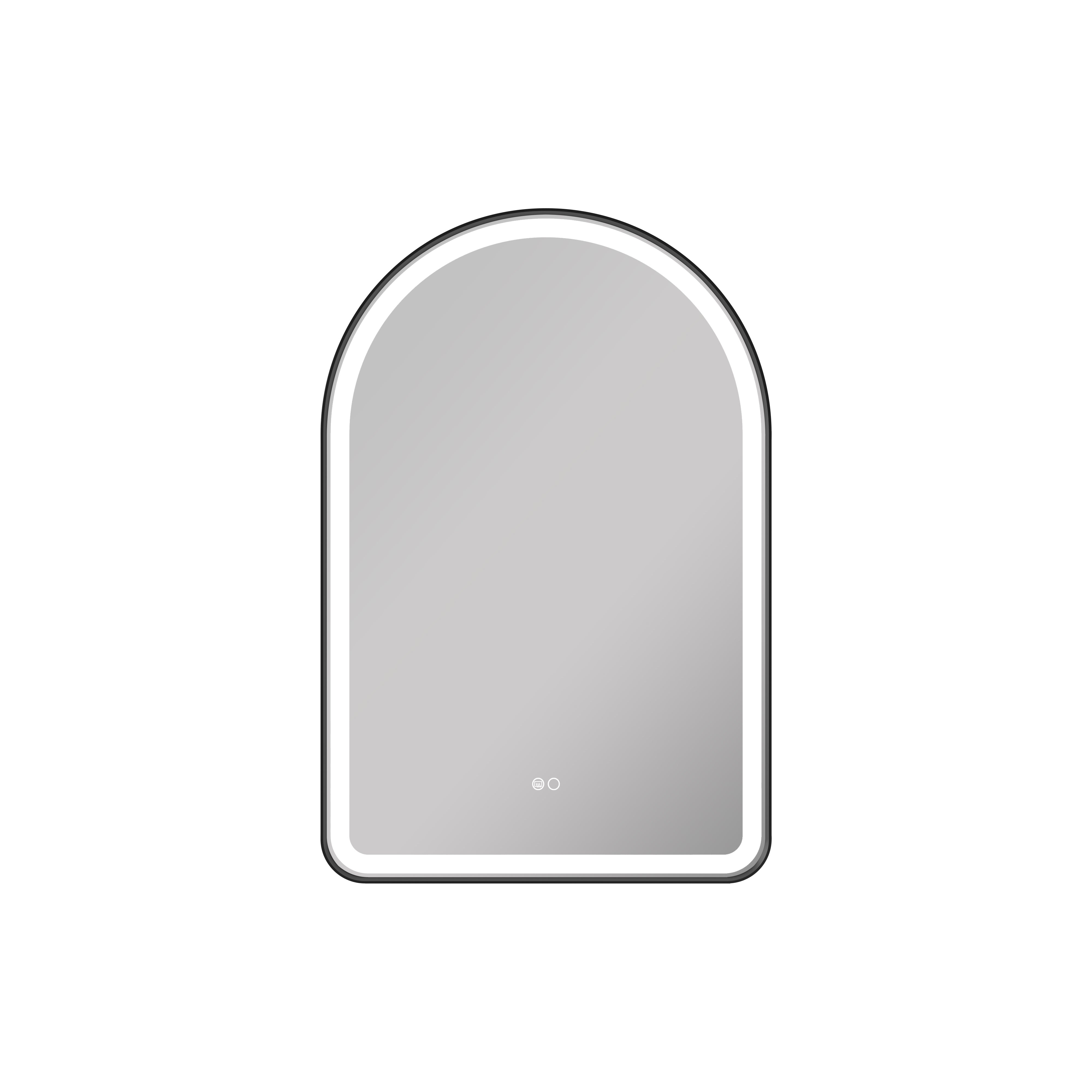


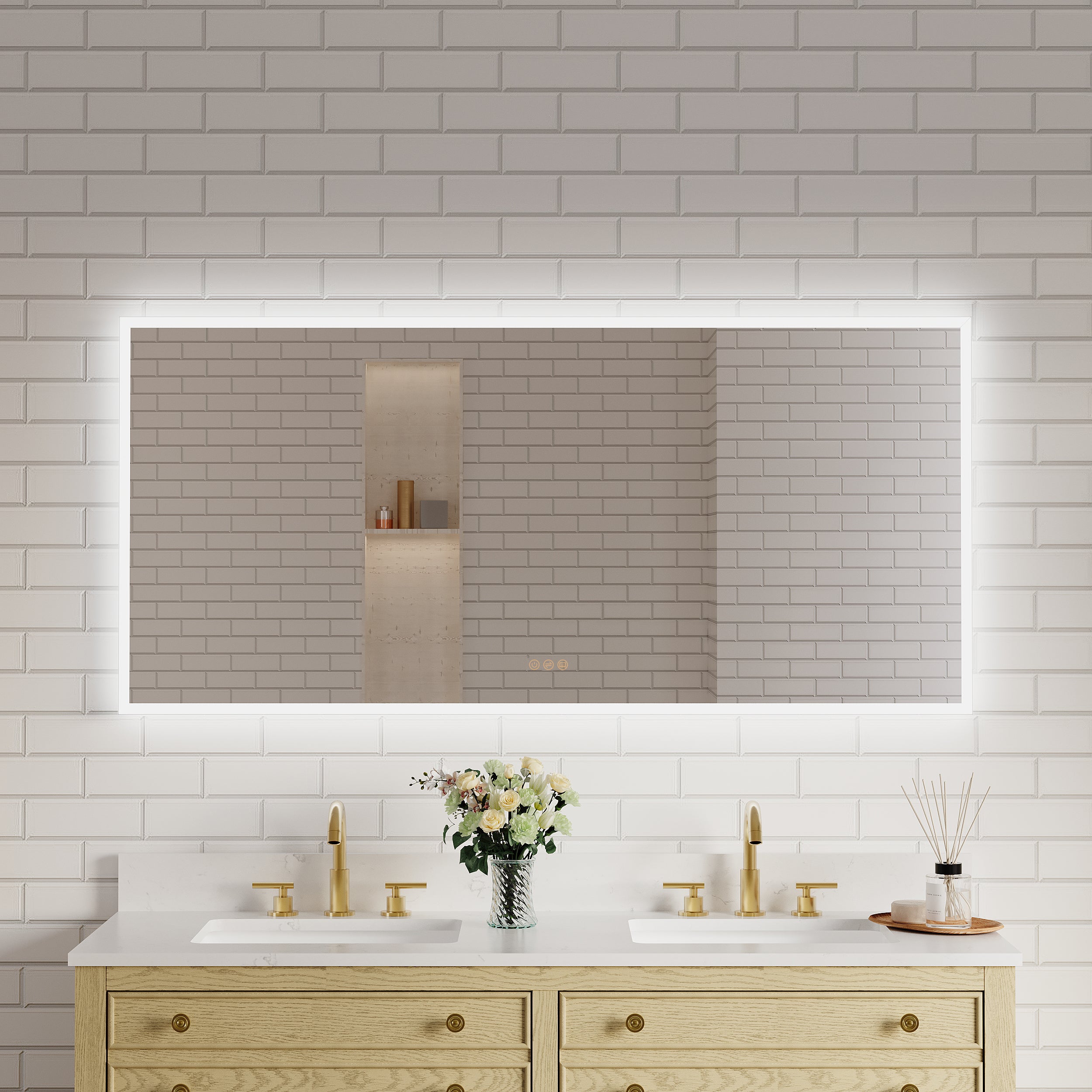

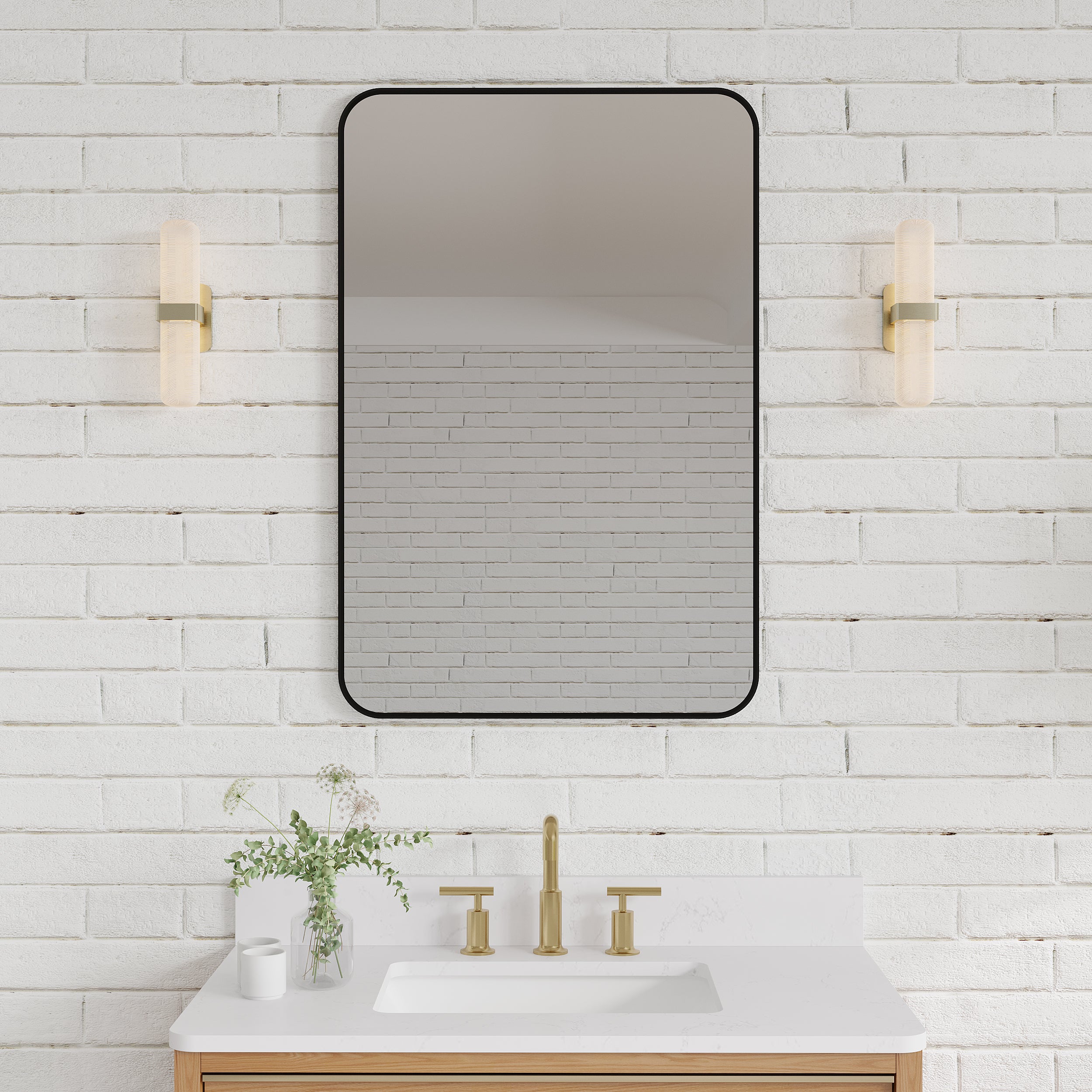
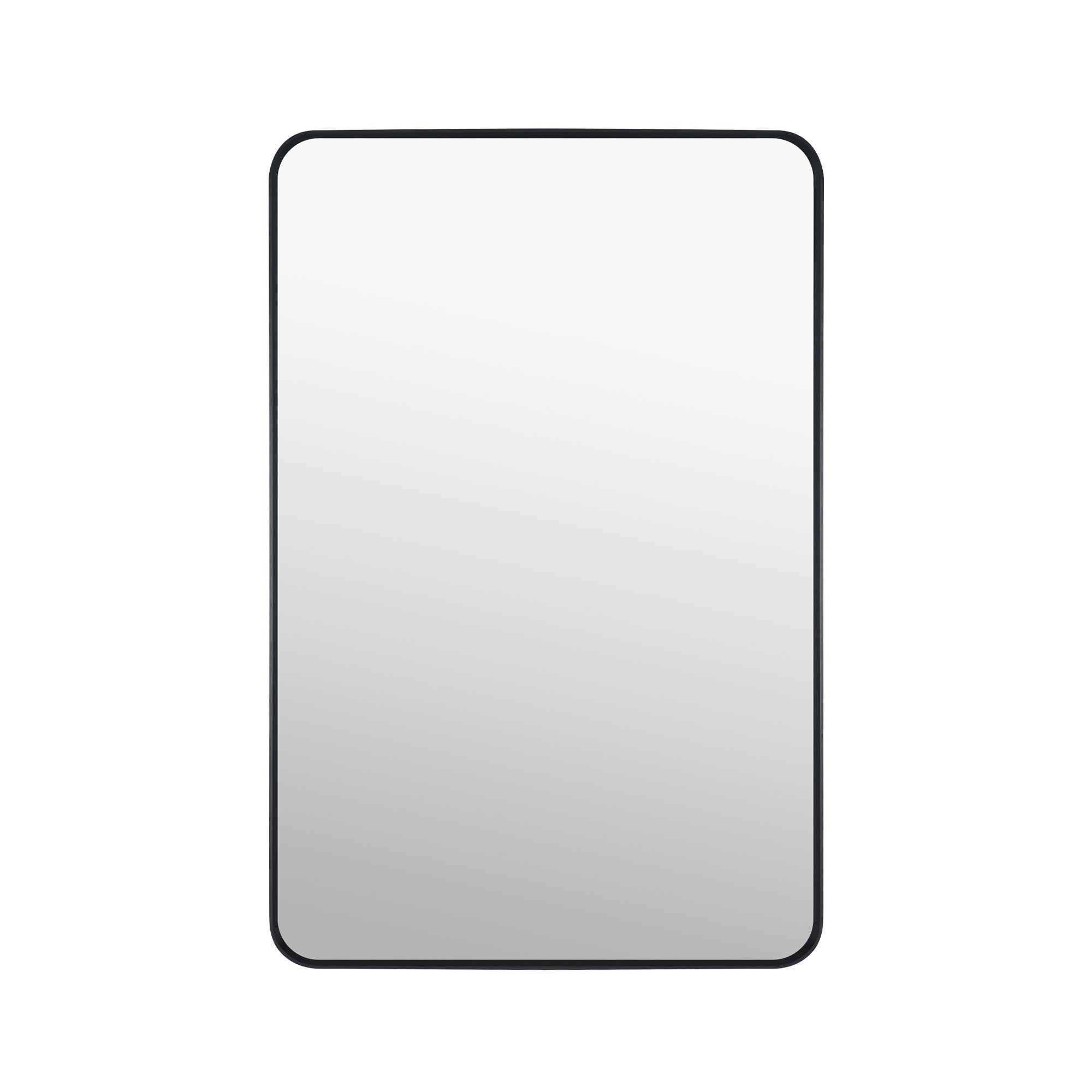
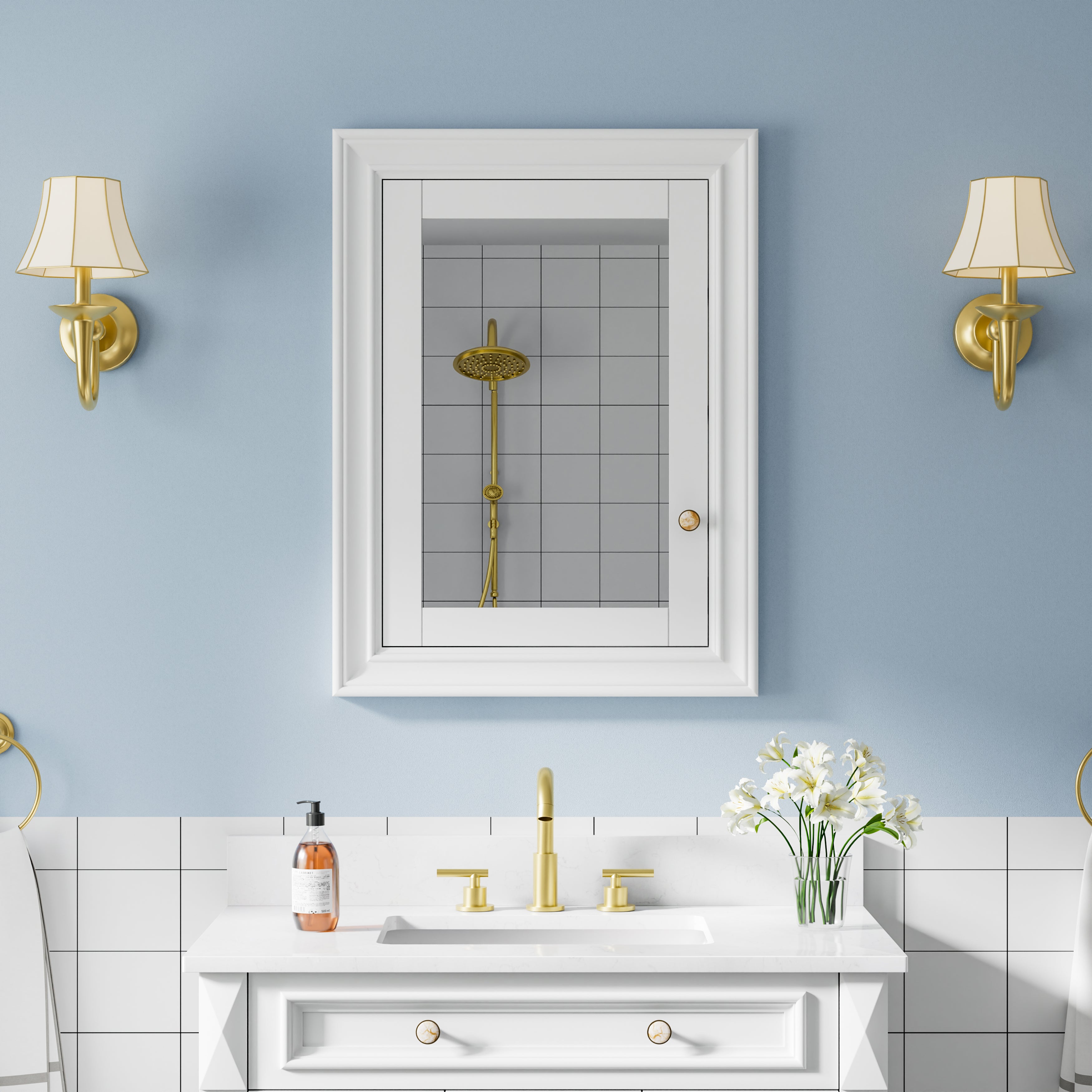
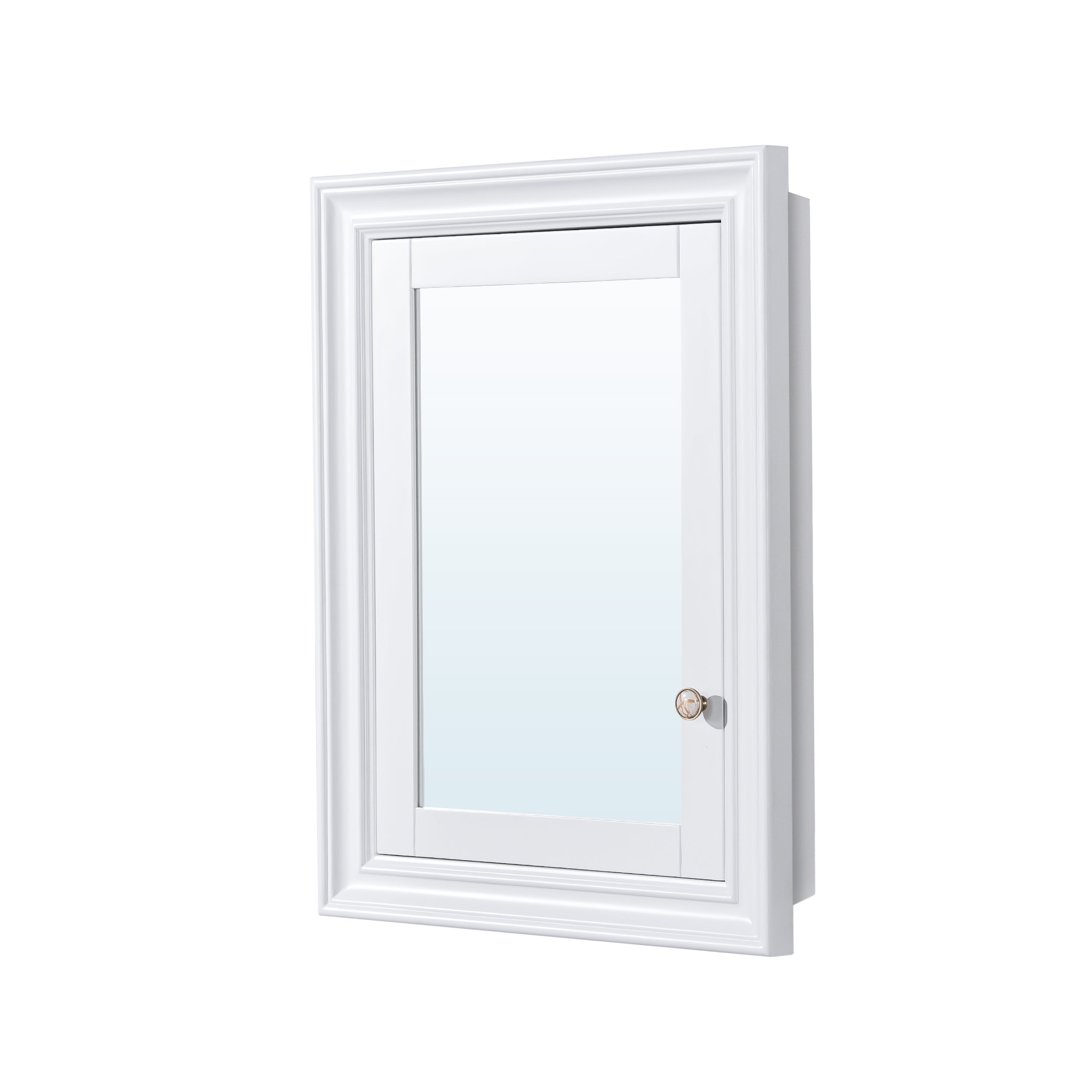










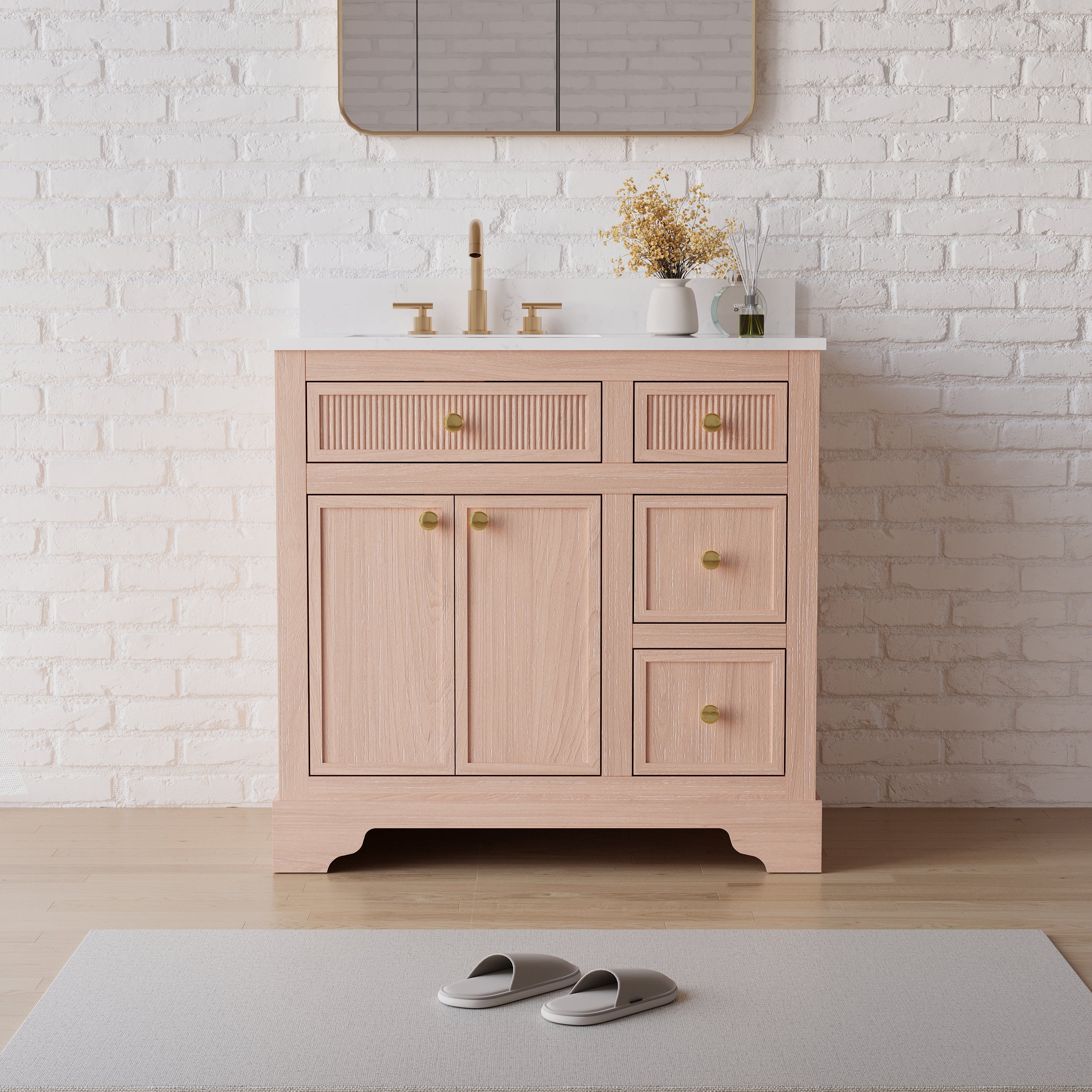
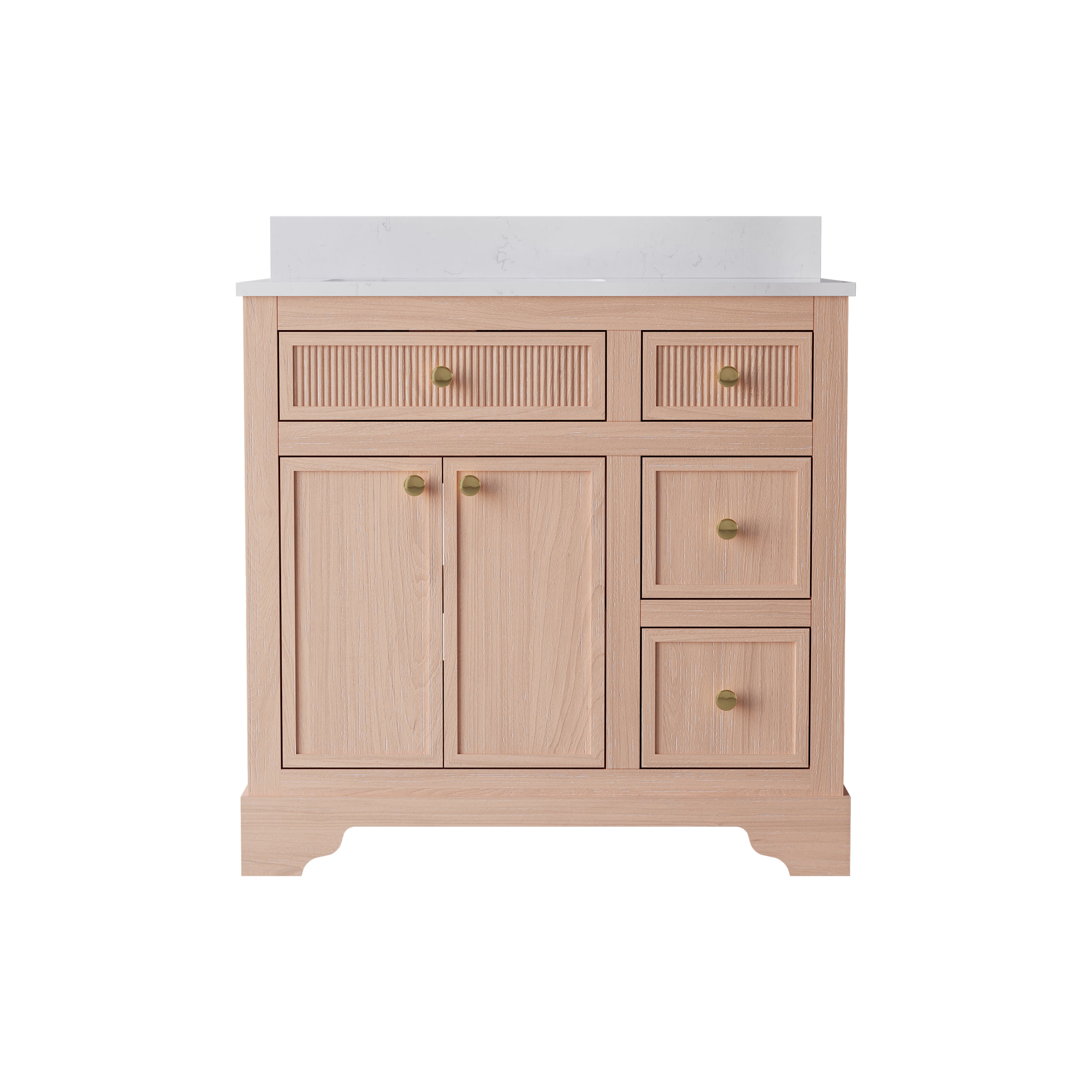
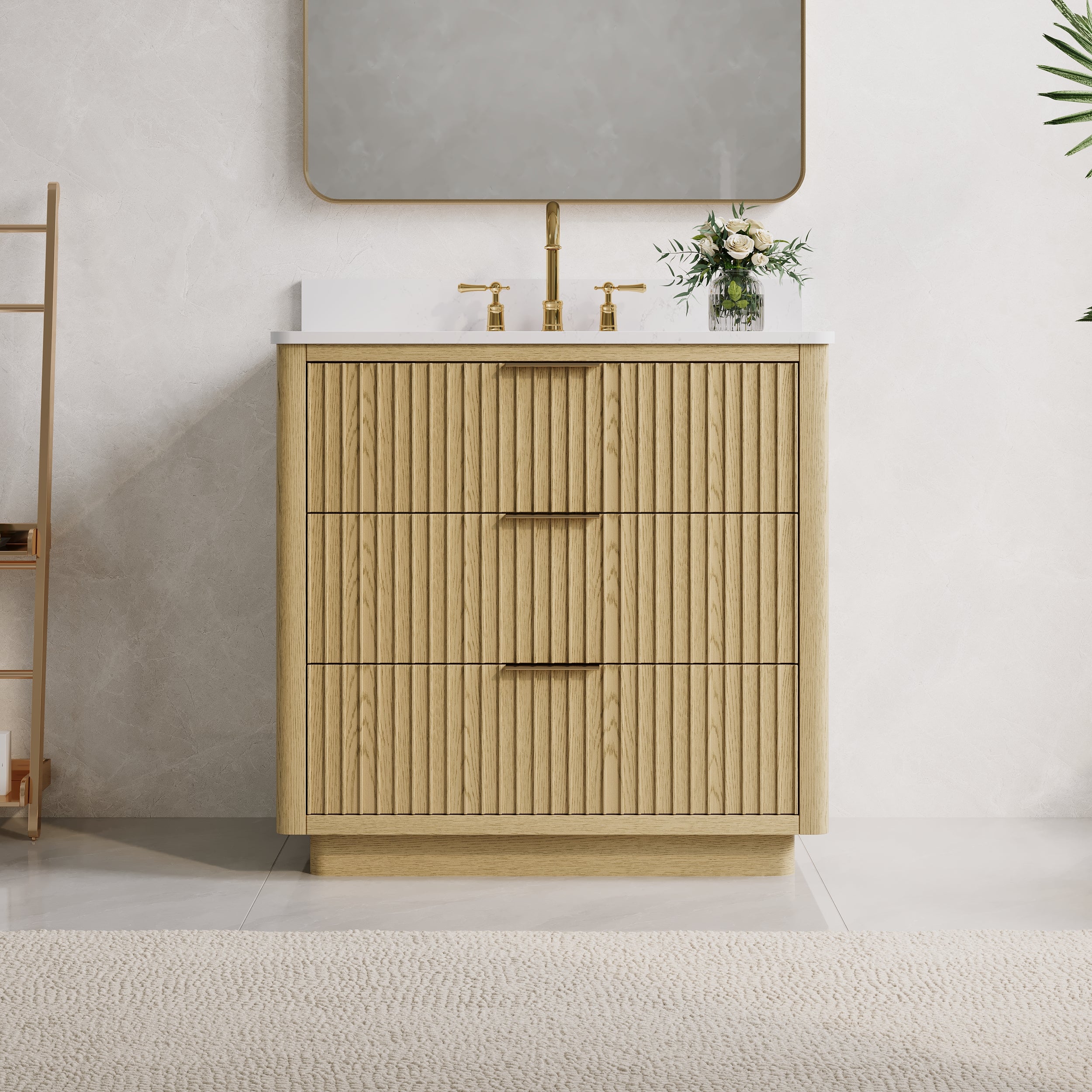
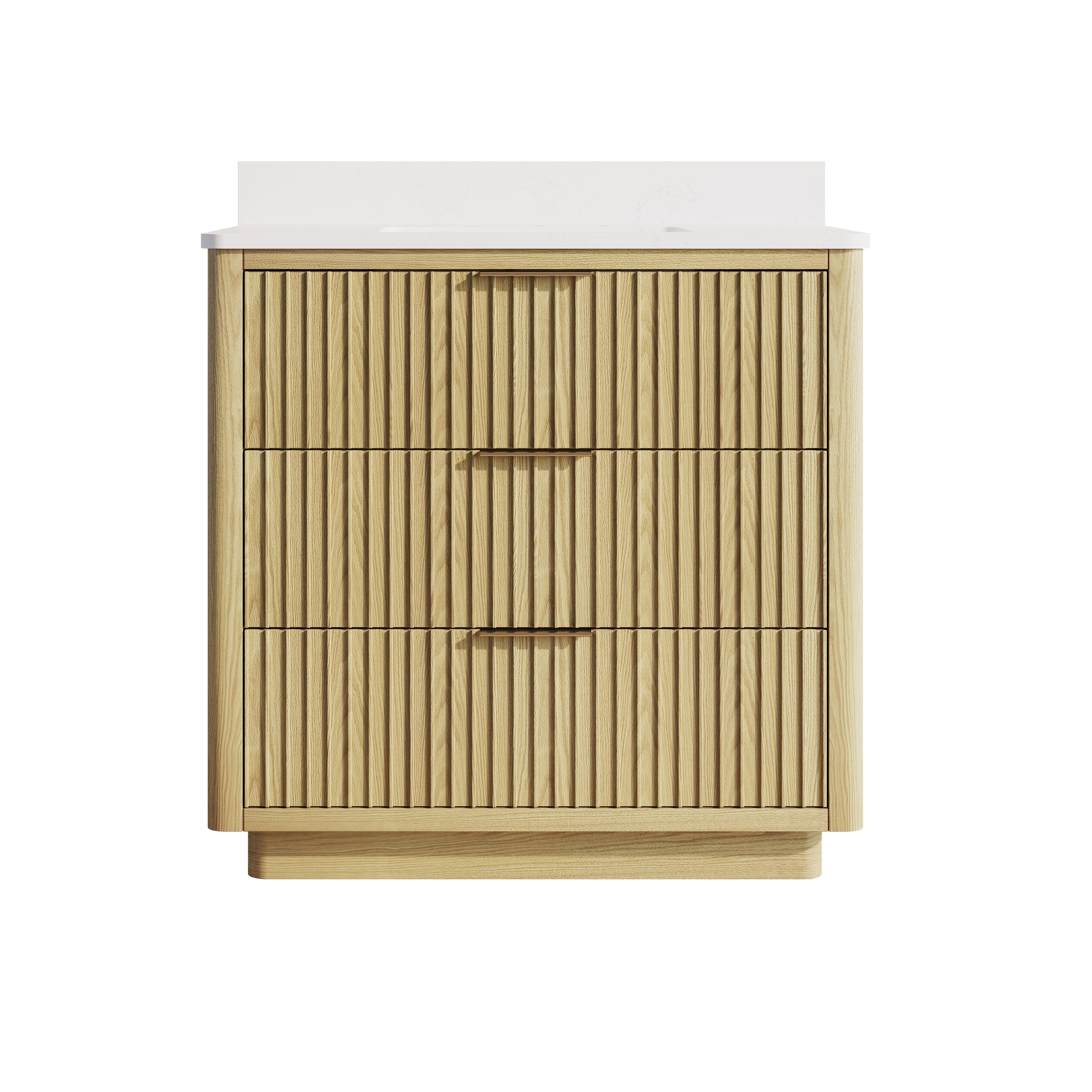
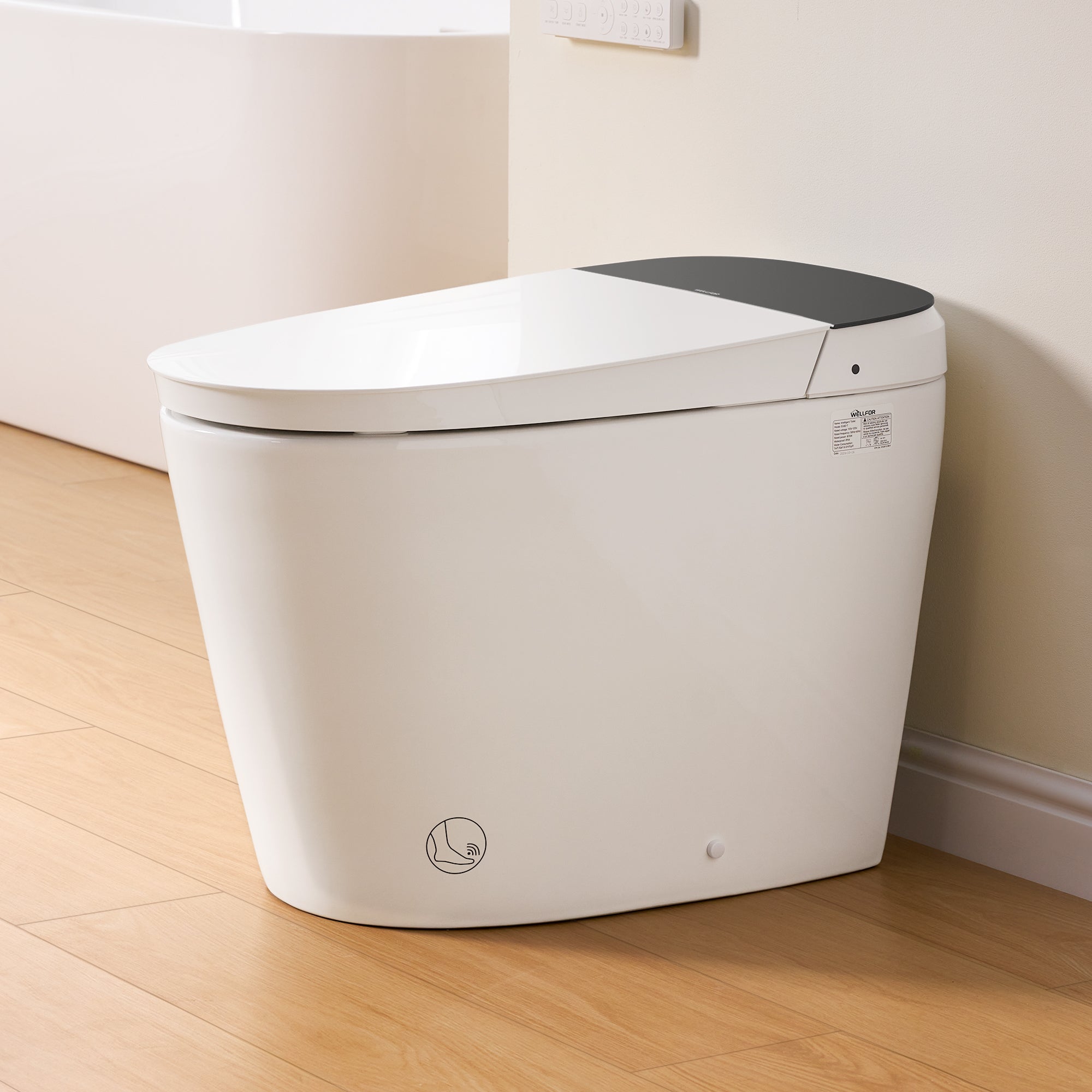
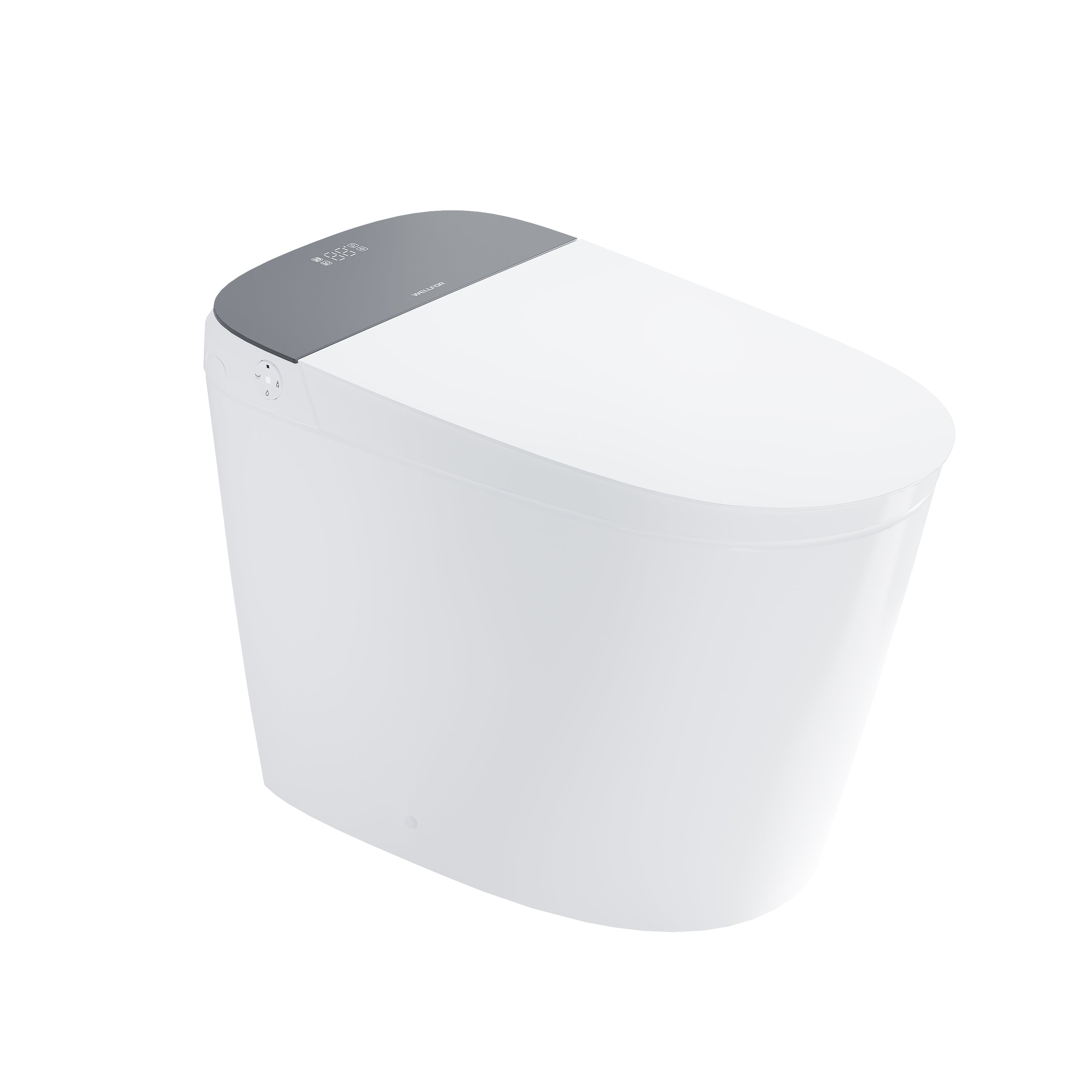
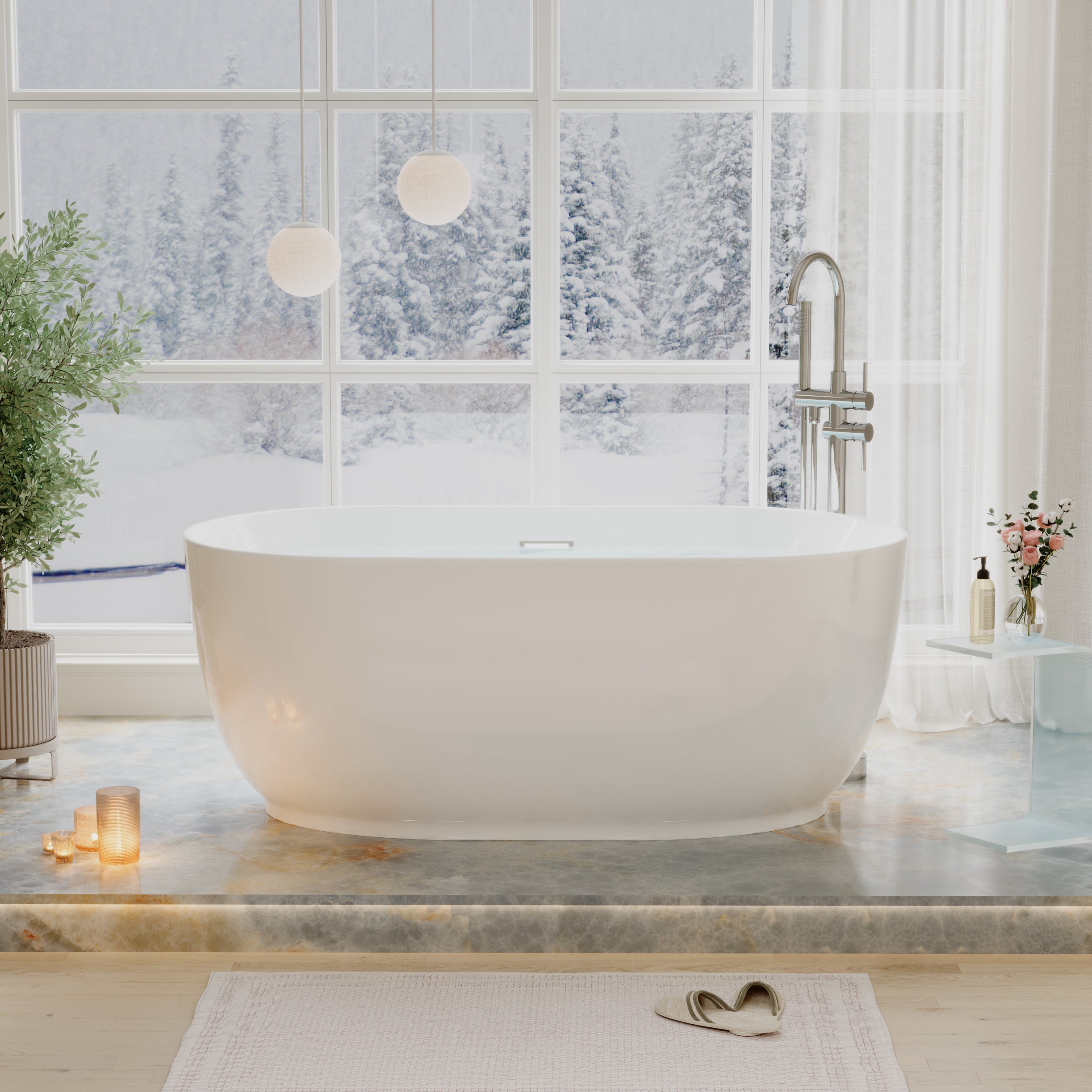
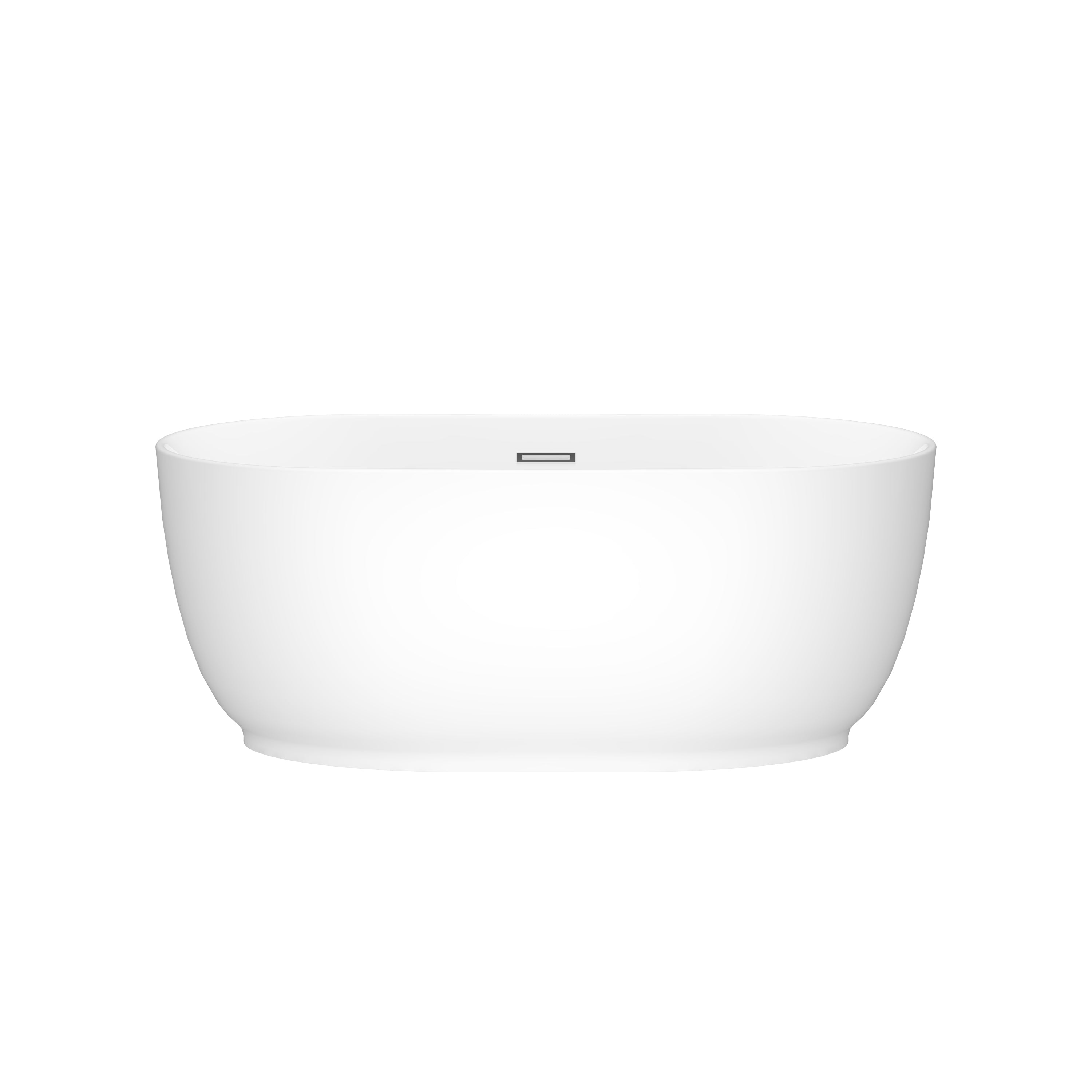
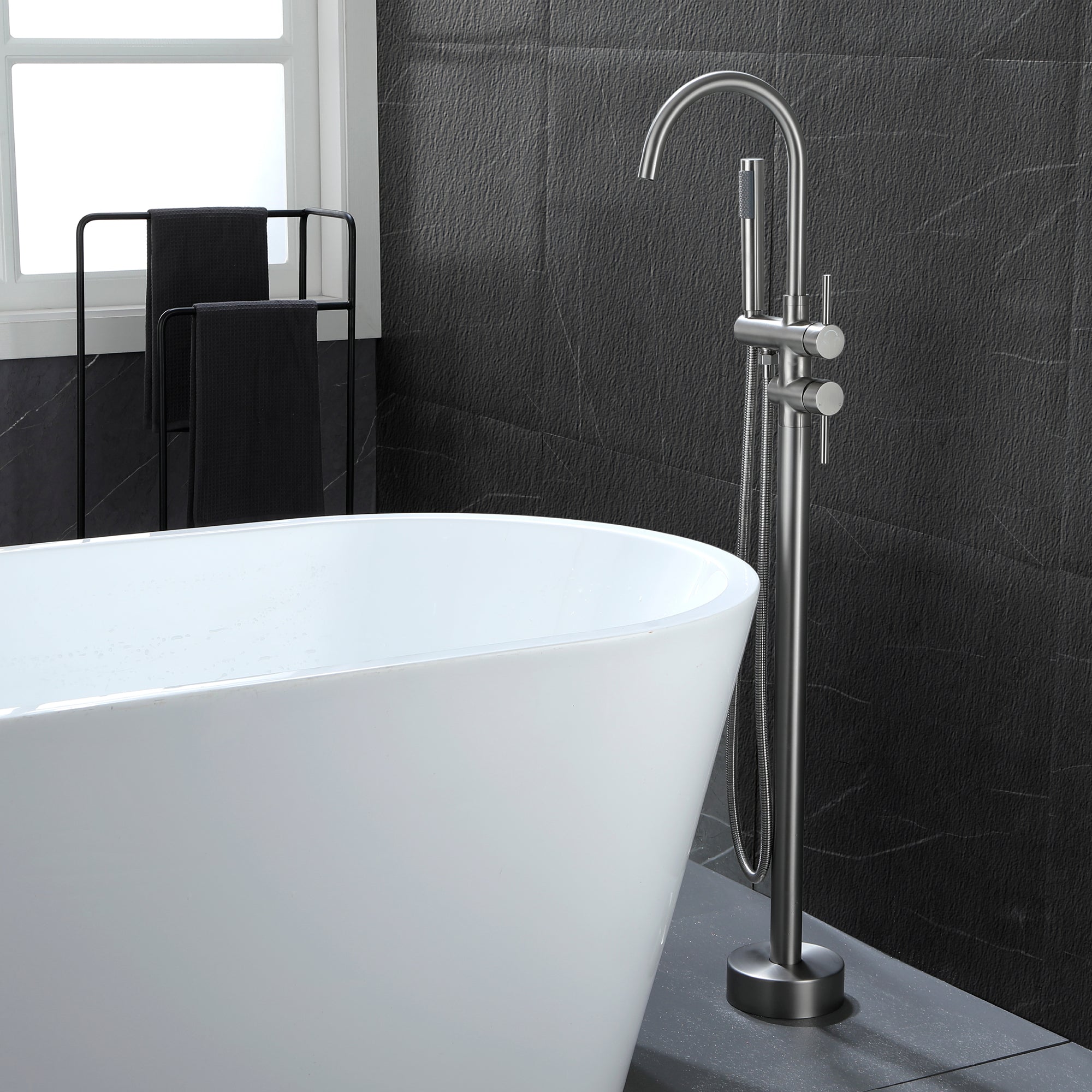

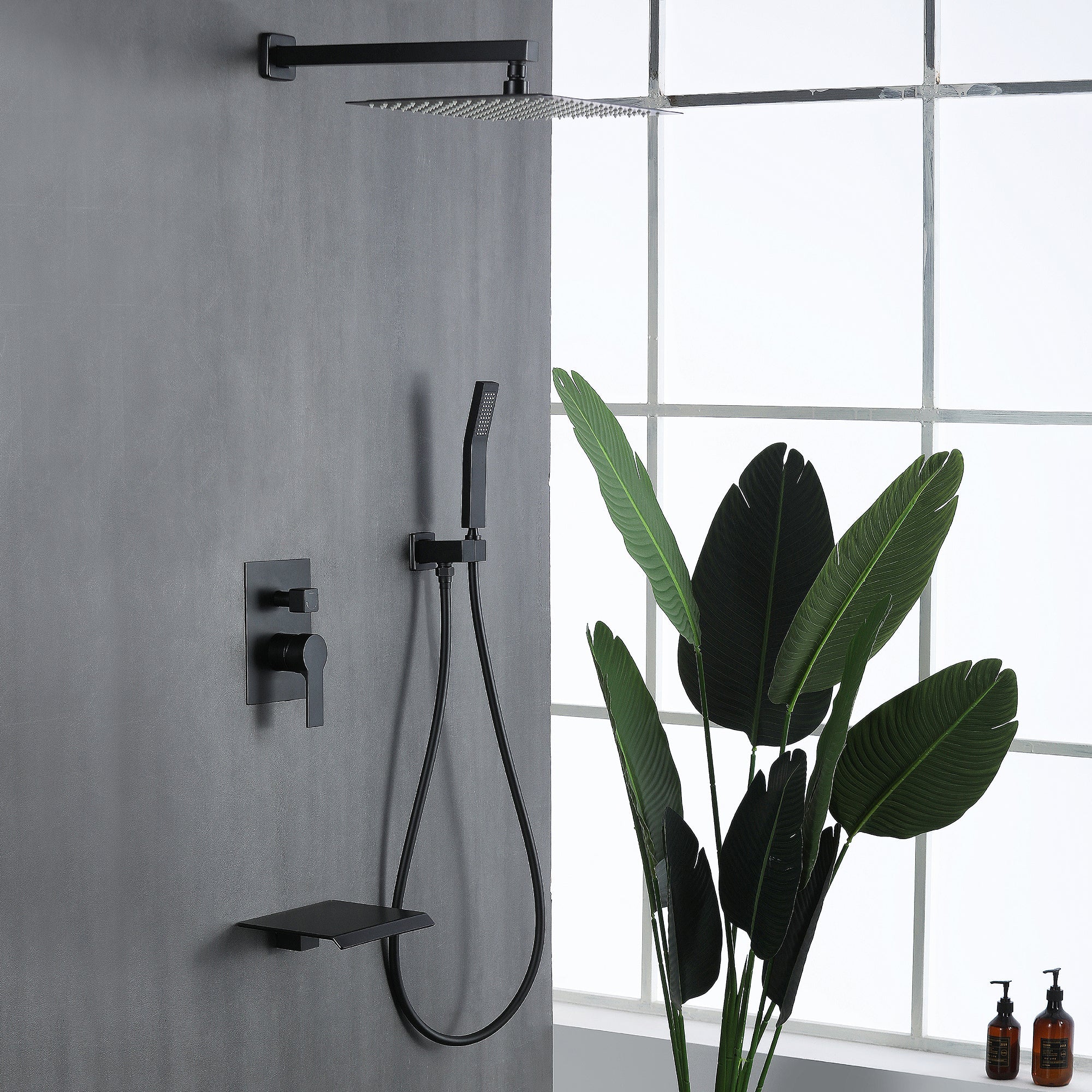
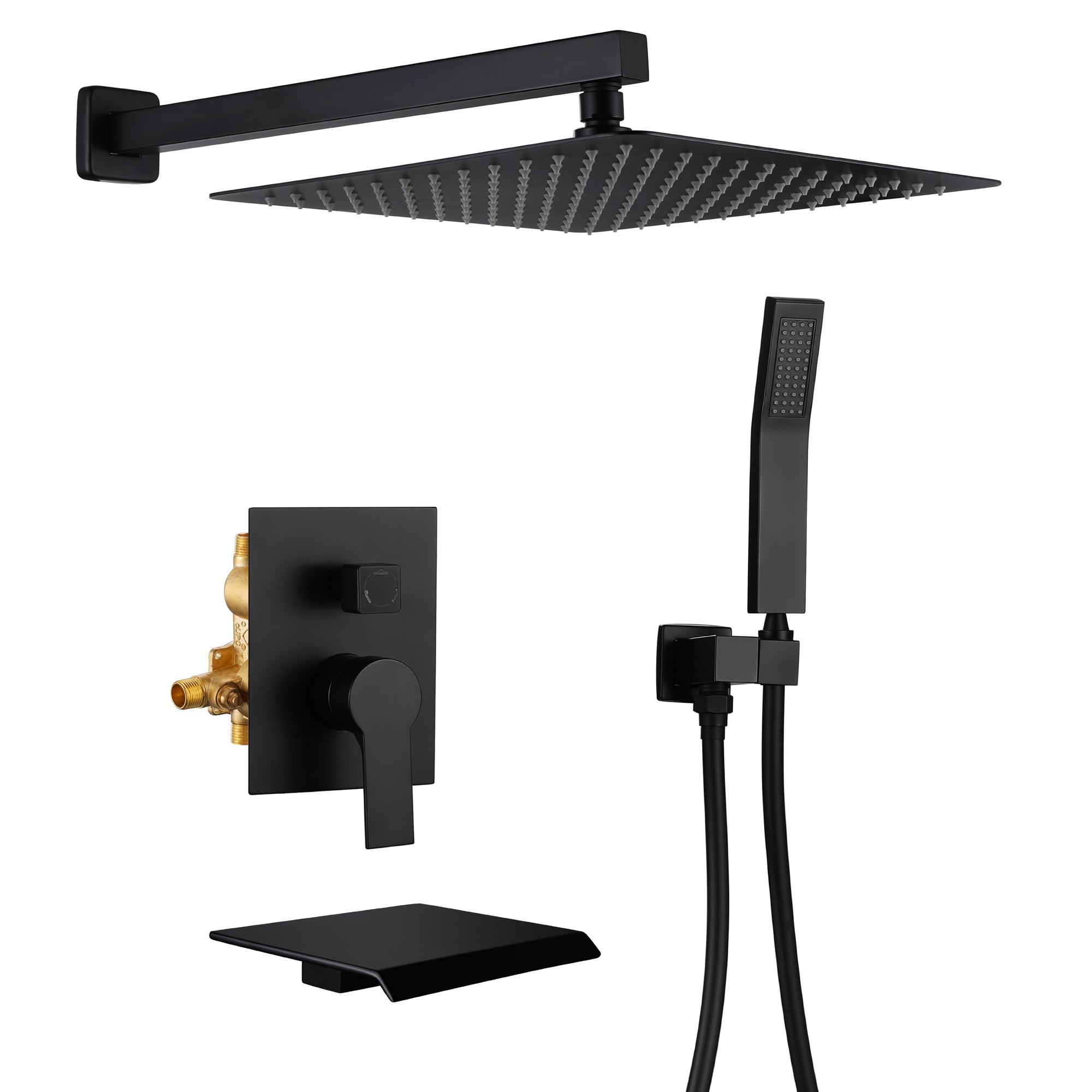
Leave a comment
This site is protected by hCaptcha and the hCaptcha Privacy Policy and Terms of Service apply.